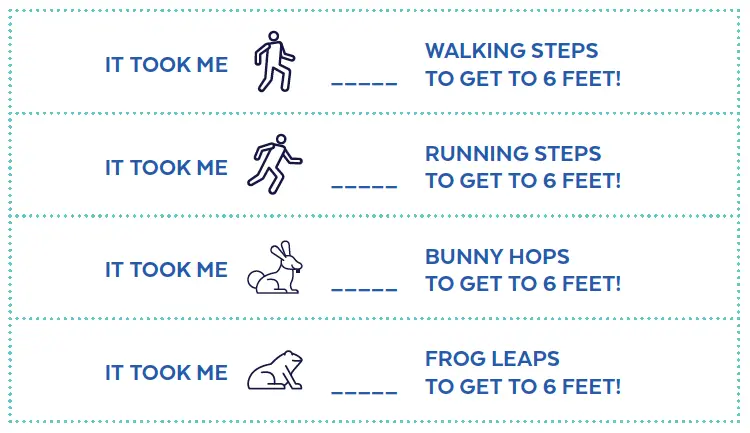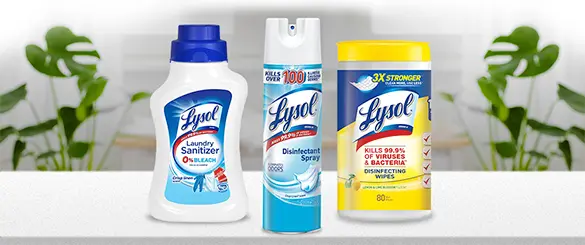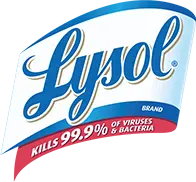Prevent Germs From Spreading
Teach Social Distancing Lesson Plans for Kids
Students will learn what social distancing is and why we practice it. In this lesson, students will learn about the different ways that we can socially distance. Variations of the lesson plan are available for different grades.

Goals and Skills
Students Will:
- Understand the term “social distancing” and why we should practice it
- Understand where we practice social distancing and far how apart we should stay
- Learn about germs and how practicing social distancing can help prevent the transmission of germs
- Learn about the different ways that they can socially distance
Supplies and Preparation:
- Art supplies
- Tape measure
- Sidewalk chalk
- Chart paper
- Groups of various household items that students can use for graphing (toys, straws, cotton balls, toothpicks, etc.)
Background for Teachers
Visit the CDC’s Get the Facts About Coronavirus page to learn more about the spread of COVID-19
and the importance of social distancing. This site also discusses what you need to do at home and
when going out in order to stay safe. https://www.cdc.gov/coronavirus/2019-ncov/prevent-getting-sick
Instruction Steps
Review – Germ Recap!
At home and in prior grades, students have been introduced to the idea of germs and how germs can make us sick. Divide students into groups. Ask students to take turns within their group, sharing what they know about germs. Have one student in the group record the ideas, then share the group’s ideas with the class.
Explain.
Make sure students understand that germs are tiny, living things that are all around us in the world. They are so tiny that we sometimes need a microscope to see them. Germs can spread from one person to another through little droplets when someone coughs, sneezes, or talks. If we touch our eyes, nose, or mouth, these droplets can enter our bodies and sometimes make us sick. When we touch different surfaces with our hands, we are also spreading our germs. These germs can remain on a surface from a few hours to several days.
When you are close to someone, you increase your risk of catching their germs. Sometimes it is difficult to know if someone else is sick, which is why it is important to physically (socially) distance.
Social distancing means keeping a safe space between yourself and others you do not live with. It is important to stay at least six feet (about two arms’ length) from other people when you are social distancing. When we socially distance, we increase our chances of staying healthy because we are not getting germs from someone who may sneeze or cough. We should practice social distancing when we go to places outside of our own home.
Discuss.
Ask students what type of activities they can do while practicing safe social distancing. As a class, have students create a list that they will take home. Continue adding to the list when students think of new ideas. Give some examples about what kinds of activities students can do while social distancing.
- Take a bike ride or walk with the family
- Enjoy reading a story outside
- Create a nature scavenger hunt or go geocaching
- Kick a soccer ball or throw a baseball with a family member
- Play Simon Says
- Enjoy a movie outdoors
- Rock painting
Create - Pre-K
Students will use what they have learned to determine which pictures are close together and which
are far apart. Reiterate to students that when we practice social distancing, we stay far apart. Students
will circle the pictures that are far apart.

When finished, students will draw their own picture of two people social distancing.
Create
Grades K-1
To get a better understanding of the appropriate social distancing space, students will test
various items and/or movements within six feet.
Help students measure out a distance of six feet with chalk marking each end. Have students practice different physical movements to get from one end to the other (walking, running, bunny hops, frog leaps, crab walk, etc.). Have students record the number of steps per each movement it took them to move from end to end.

Reiterate to students that social distancing means staying at least six feet apart.
Grades 2-3, 4-5
Show students a variety of household items (toothpicks, cotton balls, straws, etc.) and ask them to record a prediction of how many of each item they think they will need to complete a
distance of six feet.
Give students a measuring tape and ask them to measure out six feet. Allow students to use their household items and count how many of each item is needed within a six-foot measurement. Students will record the numbers of items needed on their own bar graph.
Have students answer the following questions:
- Were you correct in your predictions?
- Did any items surprise you when you measured them out to six feet? Why or why not?
- If you could add a new item, what would you like to measure out? Explain why.
- Why do we practice social distancing from this length?
Extensions/Add-ons
Have students create self-portraits on six feet of chart paper. After they have finished their self-portrait, ask students to create a short story about the importance of social distancing and where we should practice social distancing rules.
Home Connection
When they are ready to go home, ask students to explain the importance of social distancing to their parents. Students can share their self-portraits and short stories with their families. Have students take home the list of activities they created as a class and pick one activity to do with their family. Have students record themselves practicing social distancing rules
Download the 6 Feet of Separation Lesson Plan
DISCLAIMER:
Presented by Lysol® in collaboration with NEA and National PTA.
SOURCES:
Education Standards: Standards: (NHES) Health: 1.2.1, 1.2.3, 2.5.4, 5.5.3, 5.5.5, 7.5.3 (CCSS) MATH.Content: .2.MD.A.1, .2.MD.A.3, .2.MD.D.10
For more resources, visit Red Cross - What Social Distancing Means https://www.redcross.org/about-us/news-and-events/news/2020/coronavirus-what-social-distancing-means.html
CDC – Protect Yourself and Others Poster https://www.cdc.gov/coronavirus/2019-ncov/prevent-getting-sick/how-to-make-cloth-face-covering.html
CDC – Key Times to Social Distance https://www.cdc.gov/coronavirus/2019-ncov/prevent-getting-sick/social-distancing.html
CDC – Stop the Spread https://www.cdc.gov/coronavirus/2019-ncov/downloads/stop-the-spread-of-germs.pdf





